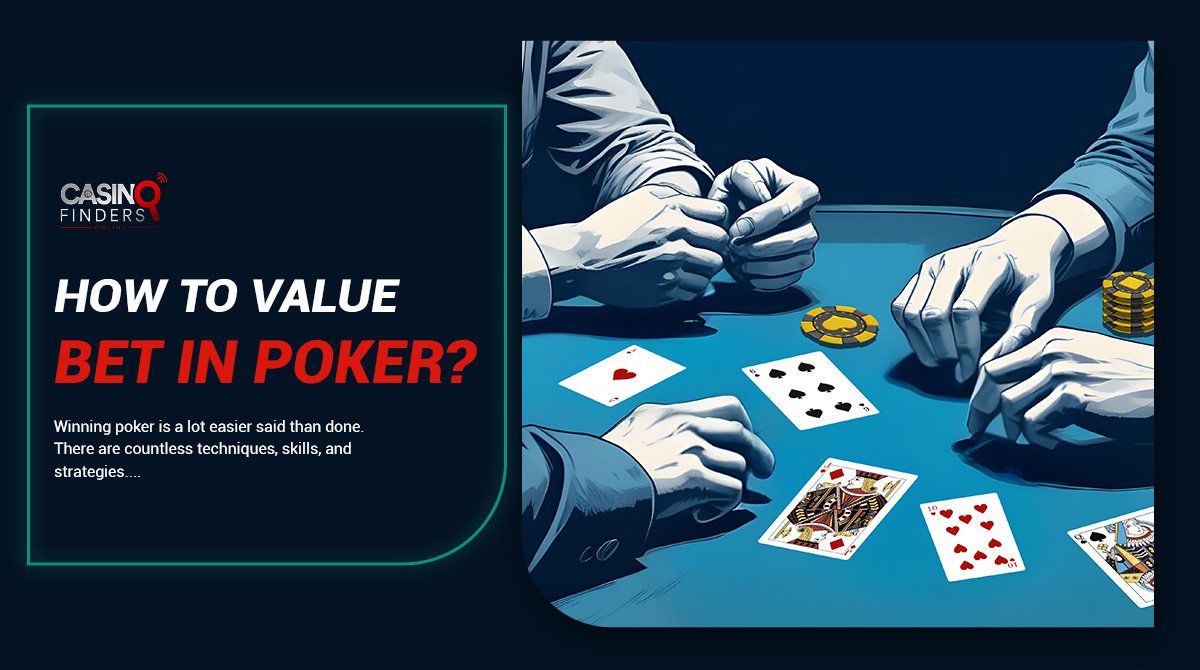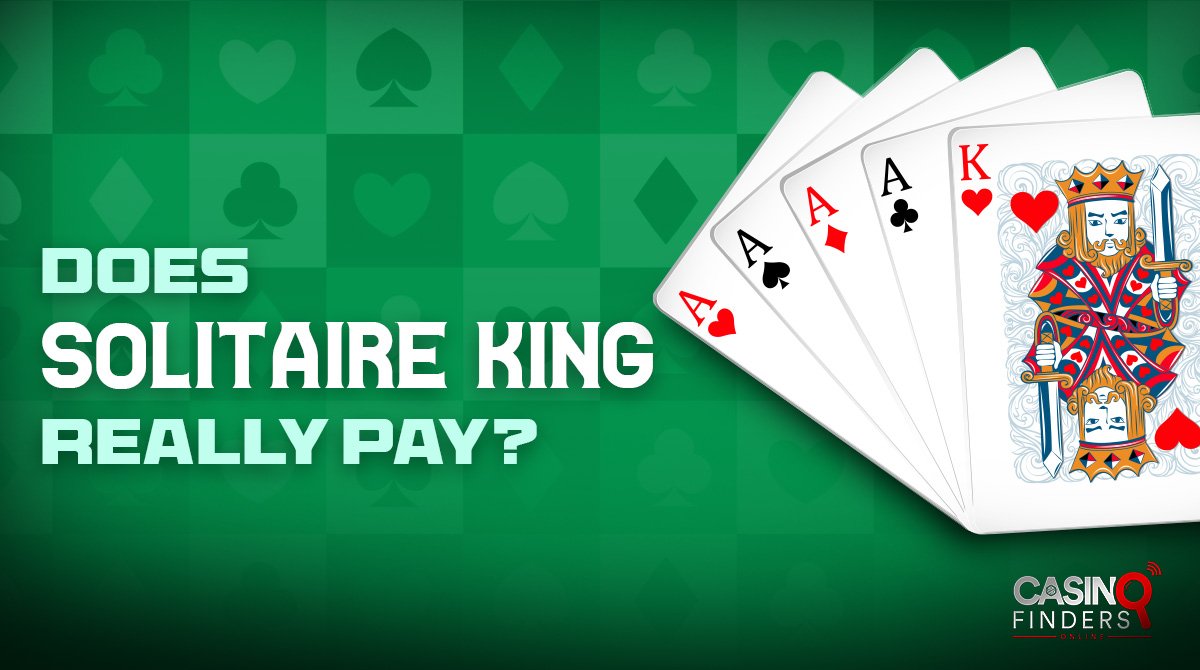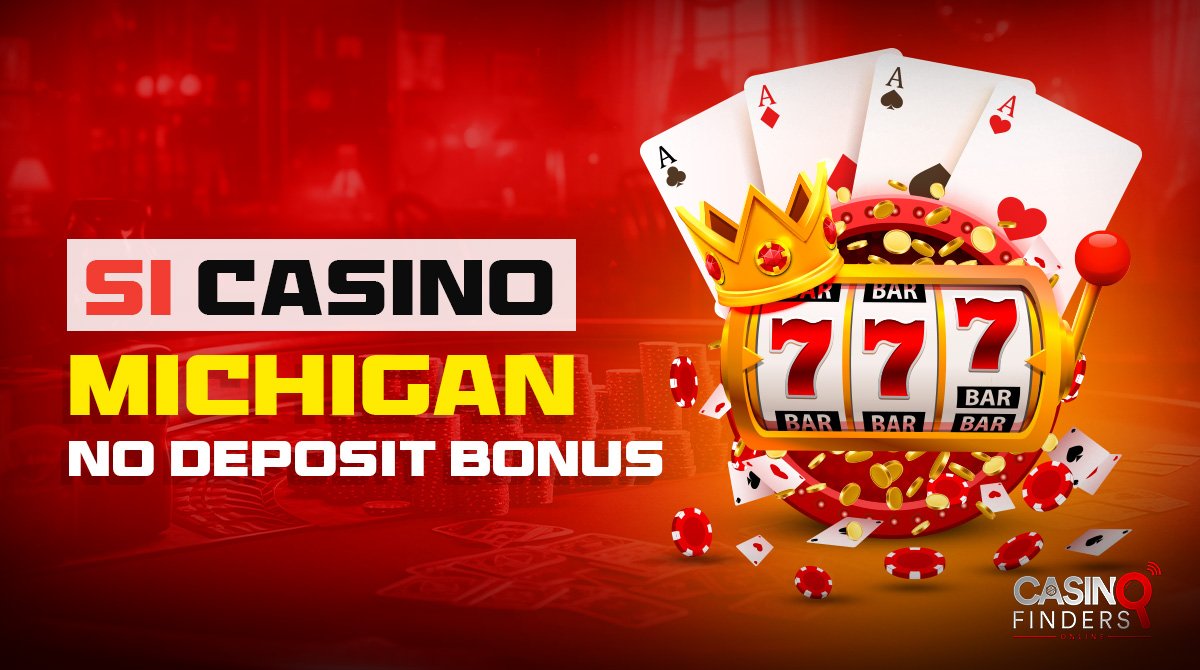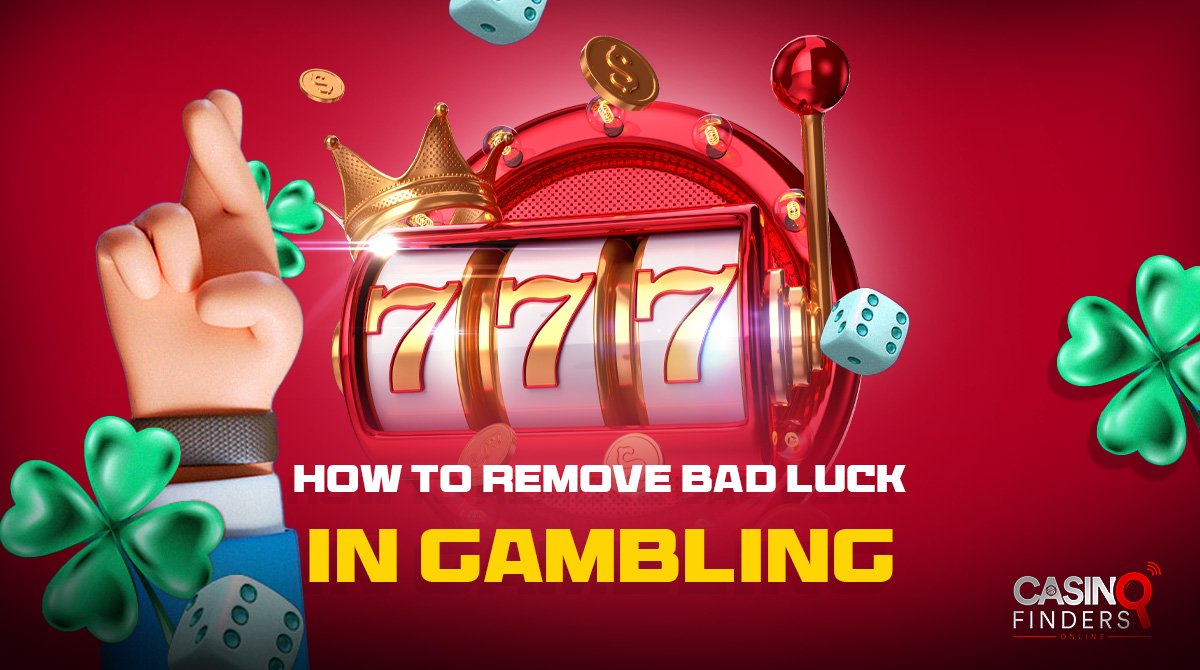Understand the Meaning of A Value Bet in Poker

Before I explain how value betting should be incorporated into your poker strategy, let’s clearly define a value bet.
A value bet is a perfectly sized bet made while you hold a strong hand to make your opponent/s call and get the most value from their worse hands.
In other words, when you have a strong hand with a high chance of winning, you don’t just make a small bet to make your opponent call. Instead, you perfectly size your bet to get the most possible value from their hand, which is weaker than yours.
Value betting gets the most action from the opponent’s worst hands.
Not Found.
Is Value Bet the Same As Bluff?
No. Value betting is the opposite of bluffing. When you bluff, you are holding a weak hand, and your genuine intention is to deceive your opponent into believing you have a monster hand and get them to fold. In other words, you bluff to make the strong hands fold and get them out of the hand.
Are All Value Bets Created Equal?
No. Because not all poker hands have the same strength, the value you can create from your hand is inconsistent in all situations.
It goes without saying that value betting against a shark is much more difficult than value betting against a fish. A fish does not fold easily, which means you can easily create substantial value with stronger hands like top pairs, over-pairs, etc.
As a general rule of thumb, if you have the nuts, you should always value bet as the possibility of your opponents having a hand that beats you is zero. The further your hand goes from the nuts, the higher the chances that your opponent’s hand may beat yours. It means your bet would end up with a thin value or even a bluff with no value.
Here is where your poker value betting strategy and bet sizing become crucial. Before we discuss the strategies, let’s understand the value spectrum.
How To Choose Your Bet Size: Understand The “Value Spectrum”
Let me explain the value spectrum to help you with your bet sizing.
Value is not a definite thing. In other words, the value changes depending on the pot size, the opponent’s range, and your stack.
Fat value is when you expect your pot equity to be massive compared to the opponent’s continuance range. From here, the value can shrink all the way down to a super thin value where your equity over the opponent won’t be anything more than one or two percent.
There is no commonly accepted formula for the fat or thin value. Still, it is commonly accepted as a general rule of thumb that:
The closer your equity edge to 50%, the thinner your value bet is.
Equity edge refers to the margin of advantage you have over your opponents to win the pot. For example, a 51% equity edge means you have only a 1% advantage over your opponents to win the pot; it is a super thin value scenario, making it worthless to value bet. In other words, the thinner the value bet, the less valuable the bet.
Understand the Different Types of Value Bets
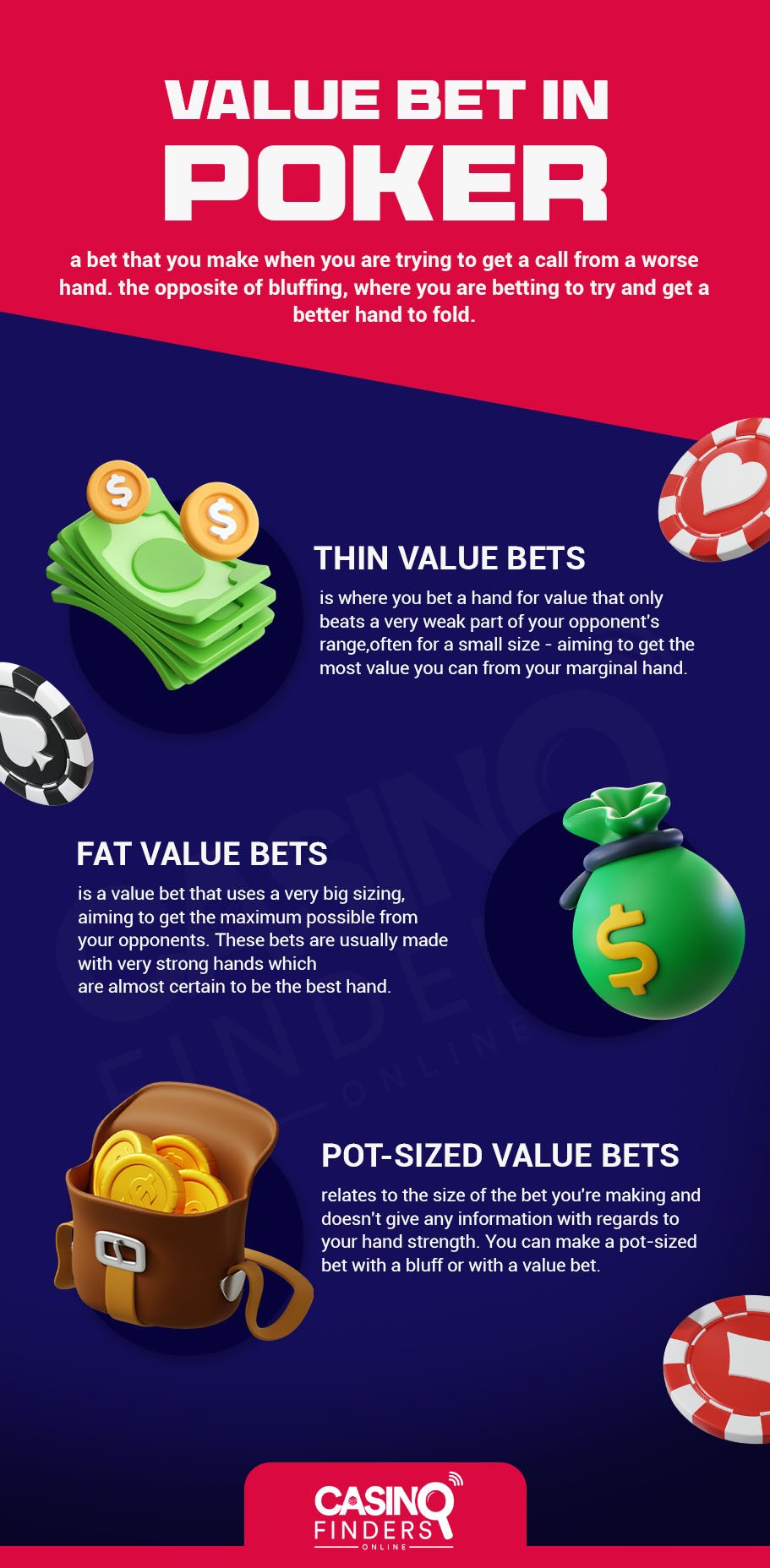
Is There a Secret Formula for A Successful Value Bet?
Yes. The secret ingredient to a successful value betting formula is mastering bet sizing and consistently targeting weaker holdings your opponent holds by sizing bets that make calling down incorrectly very enticing for your opponents. Mastering bet sizing takes practice through focused observation during each session and thoughtful review afterward.
I learned from my poker mistakes and pro poker players like Daniel Negreanu’s experience to put together the following 5 best tips for successful value betting:
- Ask Yourself – Does my opponent likely have enough of a hand here to justify calling? If yes, consider value betting for exactly that amount or slightly less. Don’t overbet.
- Remember – Your goal is not necessarily to win the hand but to get maximum value from the opponent’s weaker holdings. Keep them in the hand while they make mistakes. You are not bluffing to get them to fold. Keep this in mind.
- Size Matters – Make your bets tempting to entice draws and encourage opponents to chase foolishly or make bad hero calls. It’s a delicate balance.
- Mix It Up – Vary your bet sizing occasionally so opponents can’t easily profile you. Keeps them guessing and responds to changing board textures.
- Stay Alert – Pay attention to opponent reactions after you bet. Raises often indicate you left money on the table with smaller bets and can size up next time.
How To Use Value Betting As Your Winning Poker Strategy?

Value betting is pretty easy when you have nuts like a flush or straight. But being able to make value bets while holding less strong hands like middle pair or bottom pair is a skill that makes you a pro.
Now, how can you value bet like a pro?
Value betting like a pro comes down to consistently asking yourself three questions:
- What range of hands is my opponent likely to call bets with here? Weaker players call wider, while stronger players fold more. Identify calling tendencies.
- Given their probable holdings, what bet size can I make that sets up difficult decisions for my opponent? Make them pay to continue, but don’t overbet so they fold hands you beat. Bet sizing is crucial for a successful value bet. As a general rule of thumb, use nuts and strong hands to make larger bets and weaker or mid-strength hands to make smaller bets.
- If raised, should I ever fold or simply call to keep their bluffs in? Consider continuing for cheap with vulnerable holdings for deception.
The art and science of value betting rely on your ability to put your opponent on a range and recognize their personal leaks.
Final Thoughts
So, should you practice value betting in poker? Yes. Value betting is a fundamental poker skill that can be profitable if executed appropriately.
Make sure to learn poker hand rankings, practice it according to the pro tips in this post, and when you have a strong and unbeatable hand.
May the value be with you!
The Best USA Online Casinos





 Written by
Written by 



 Cashback Bonus
Cashback Bonus




